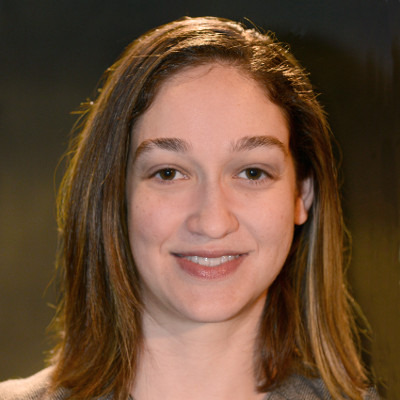Sun Safety Isn’t Just Important for the Light Complexioned
People who have pale skin – those who sunburn easily, don’t really get tan, or have red or blond hair – are at increased risk for skin cancer. Researchers and doctors have known this for years. But recent studies now show that certain people who have darker complexions are also at increased risk.
Caucasians of European ancestry with features such as dark eyes and hair and have certain mutations in a gene called MC1R are also at increased risk for developing melanoma, the most aggressive type of skin cancer. But this fact is not well known.

Dr. Peter Kanetsky, a researcher at the Moffitt Cancer Center, is trying out a personalized approach to sun safety messaging.
“Many of these individuals are unaware of their higher risk and may in fact think they have a lower risk because they may tan well and have few freckles,” says Peter Kanetsky, Ph.D., M.P.H., an American Cancer Society-funded researcher at the Moffitt Cancer Center.
“So if a red head walks into the dermatology clinic, we know they are at increased risk for skin cancer. But someone like me, who has dark hair and tans well in the sun, when I walk into a doctor’s office I might not be given information about potential melanoma risk. But knowing if I carried a high-risk variant of the MC1R gene might change that message,” says Kanetsky. Making sure this message starts getting out to these types of patients is Kanetsky’s next project.
Testing a Personalized Approach to Skin Cancer Prevention Messaging
Kanetsky is researching whether giving people with a MC1R mutation information about their risk of melanoma will cause them to engage in better skin cancer prevention. “The idea is to take a personalized medicine approach by giving patients health education materials personalized to their genotype [genetic makeup].”
Kanetsky’s study is recruiting people who have “sun-resistant phenotypes” – so those with certain darker features. He will use saliva samples to identify which people have a high-risk variant of the MC1R gene. Only certain participants will get the personalized information. “The message will convey that they have a high-risk variant in the MC1R gene and that research shows that even in individuals like you, who have dark hair and tan well, you are at increased risk for developing melanoma,” says Kanetsky. The messaging will also note ways people can prevent skin cancer, such as by limiting exposure to sunlight, wearing SPF sunscreen, and having full-body skin exams.
The other study participants will get “standard messaging.” “We won’t tell them anything about their genotype,” says Kanetsky. This group will get information about how to reduce their risk for melanoma including sun safety and early detection. Kanetsky will then see if the people who get the personalized genetic information are more likely than the people getting standard messaging to change their sun protection behaviors.
If Kanetsky’s study shows that receiving personalized genetic information about skin cancer risk motivates people to change their sun protection behavior, his goal would be to translate the program into clinical practice. He estimates that, if his intervention program works, it could help to prevent or detect at an early stage between 8% and 33% of melanomas. With nearly 74,000 people in the United States expected to be diagnosed with melanoma this year alone, Kanetsky’ s intervention has the potential for widespread impact.
American Cancer Society news stories are copyrighted material and are not intended to be used as press releases. For reprint requests, please see our Content Usage Policy.



